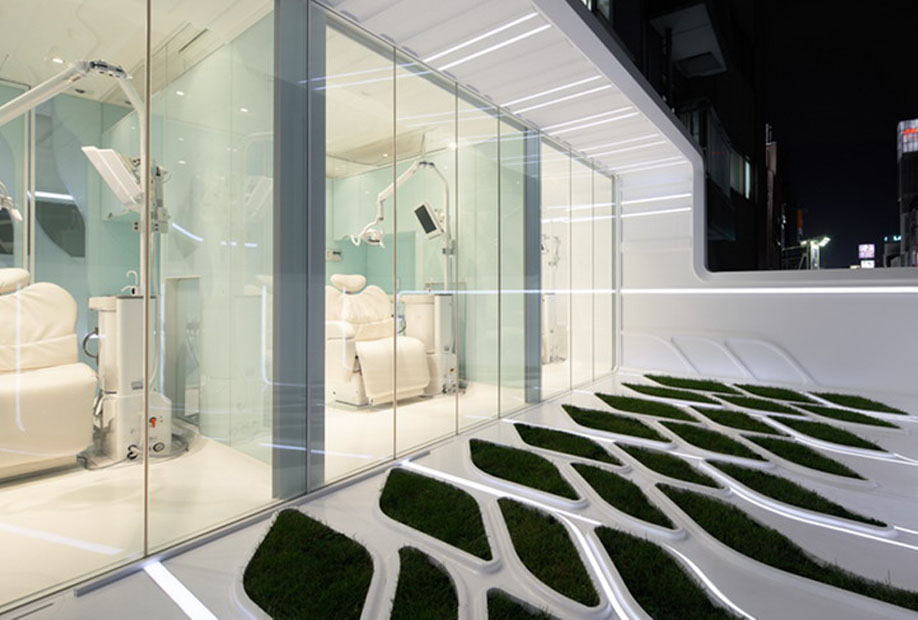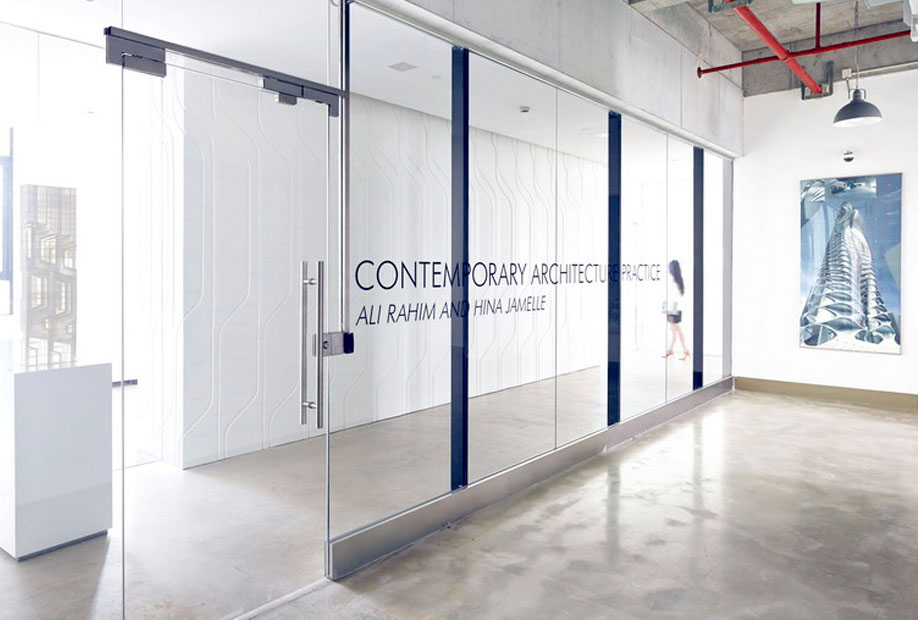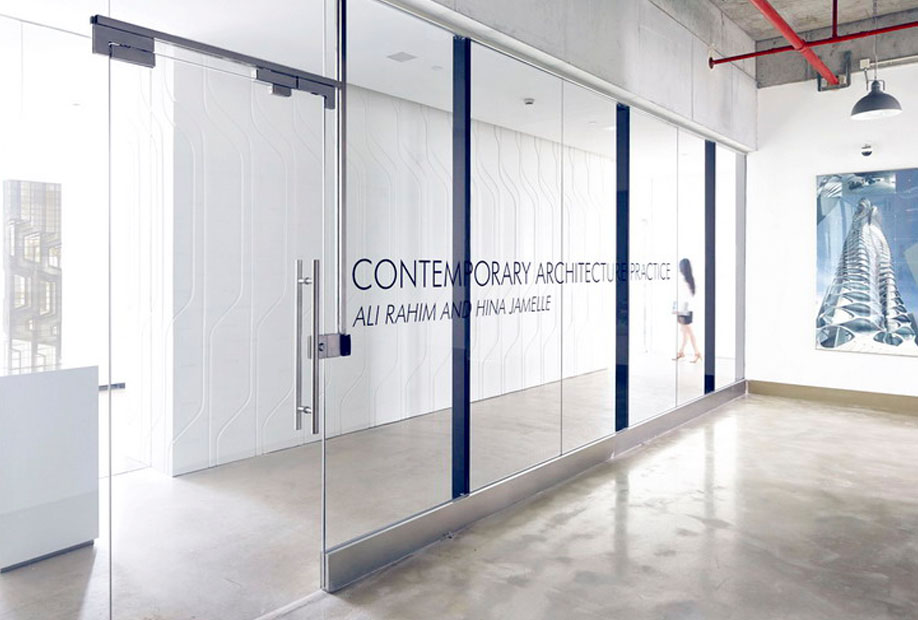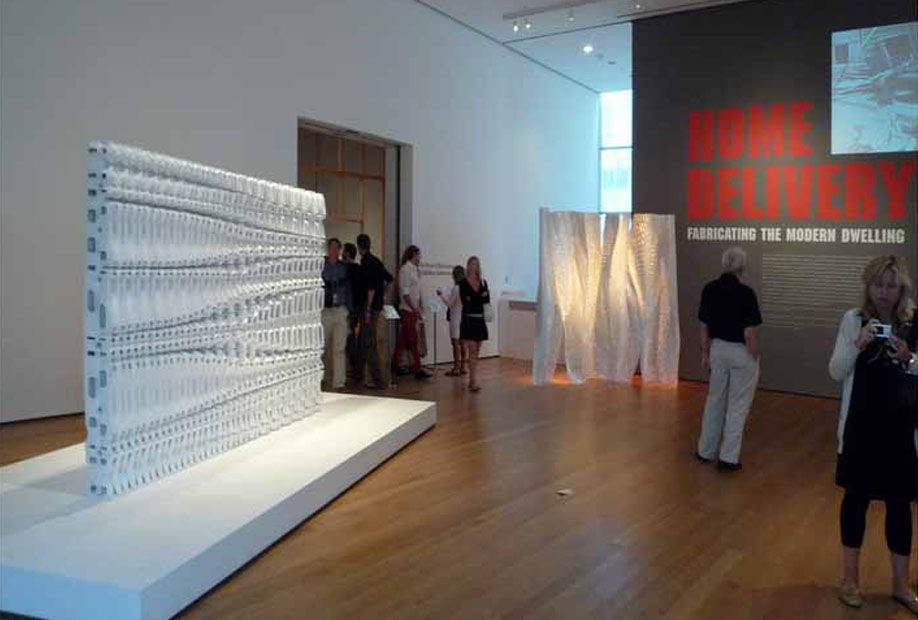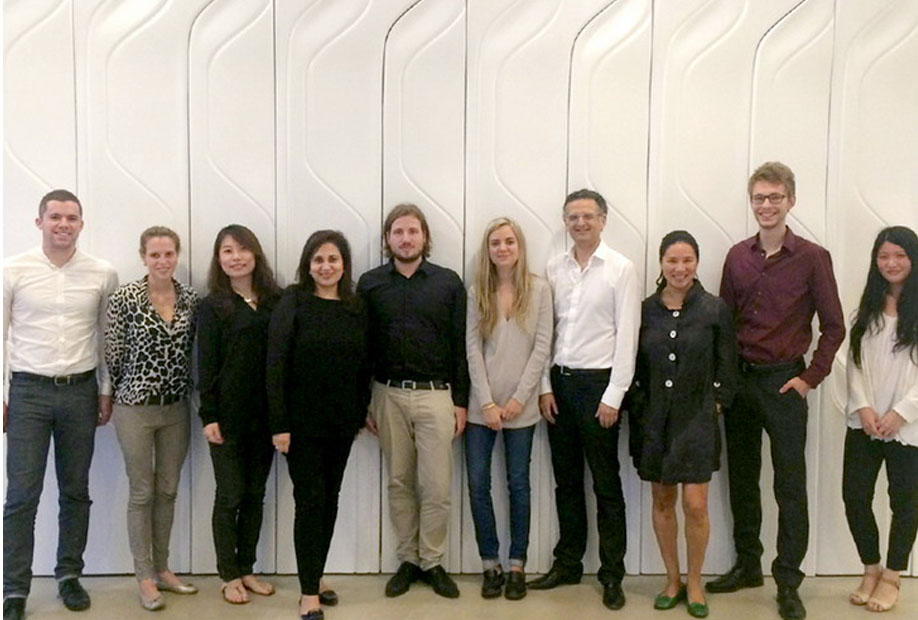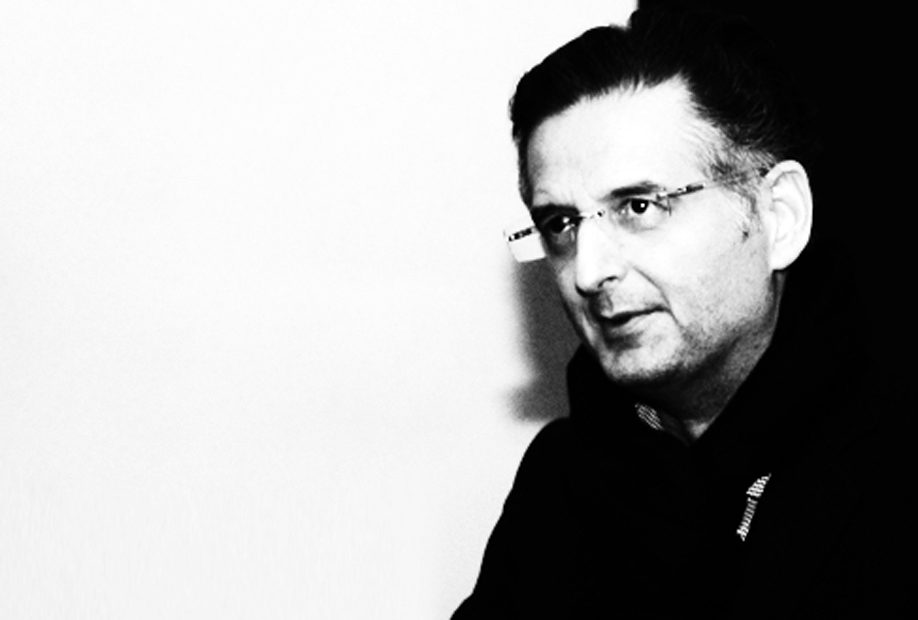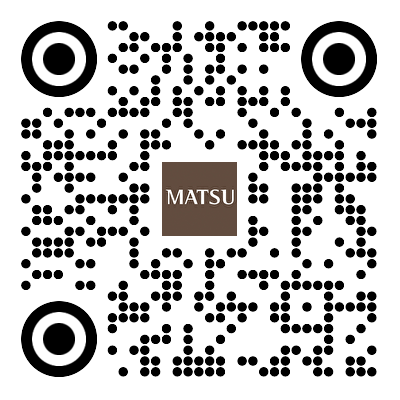Ali Rahim is a world famous architect and an architecture professor,founder of the Contemporary Architecture Practice. He has achieved a partnership with Matsu and will design a series of light fixtures for their collection.
He is also the Co-Director [with HinaJamelle] of the Contemporary Architecture Practice, which was founded in 1999 and since then he has established an award winning profile in futuristic work using digital techniques for the design and manufacturing of architecture. His office in Shanghai was opened in May 2012.
AboutAli Rahim.
Mr. Rahim is also (Full) Professor at the University of Pennsylvania where he is the Director of the Post Professional Program and also directs the ultimate year of the Master of Architecture Program. He has also taught at Yale, where he served as the Louis I Kahn professor of Architecture and Harvard University. There are only eight (8) full professors in architecture and design in the Ivy League schools in America. In addition he has taught at the University of Fine Arts in Vienna where he served as Studio Professor for ZahaHadid’s Studio while she was on leave and has also taught at Southern California Institute of Design (SCI_Arc).
Contemporary Architecture Practice’s research projects have been commissioned by Dupont, ARUP, Z-Corporation, ABT Manufacturing, and the Wharton Business School to name a few. Most unique about their practice is that they are able to apply their research collaborations directly in their practice making their research useful and innovative for the discipline of architecture. This can be seen in their project designs that they have been commissioned by significant global brands including Tarkan, Stella McCartney, Reebok, the Viceroy Hotel, Samsung, Lutron and the Museum of Modern Art (New York). The resulting projects have been exhibited extensively including at the Museum of Modern Art (New York), Artists Space (New York) the London, Shanghai and Beijing Biennales, Serpentine Gallery (London) and the Tel Aviv Museum of Art to name a few.
Monographs on the work of Contemporary Architecture Practice:
Co-Editor of “Turbulence“ with Chris and Bill Scharples( 2011)
Co-Editor of “Elegance” with HinaJamelle.(2007)
“Catalytic Formations: Architecture and Digital Design” (2012 Chinese, 2006 English)
“Contemporary Techniques in Architecture” (2002)
“Contemporary Processes in Architecture” (2000)
Ali Rahim’s architecture and design projects have been published extensively in the news media including the New York Times (USA), Washington Post USA), Standard London (UK), Der Spiegel ( Germany), National Newspaper of Abu Dhabi (UAE), Nikkei Newspaper (Japan);in the best architecture journals world-wide including Architectural Record (USA),Architectural Design (UK) Harvard Magazine (USA) Domus (Italy), Space (Korea), A+U (Japan)and culture magazines including Frame (Milan), BMW Magazine (Germany), Euroman (Denmark), Elle Deco (Japan)Exclama (Columbia) to name a few.
Q:MATSU
A: Ali Rahim
Q:what is your understanding and experience of parametric design? Is parametric design still your main research direction and focus? What do you think about the presence and future of parametric design?
A:Parametric design has a very large audience in China. Several institutions are very interested in the topic and want to educate students and professional alike to participate in proliferating it through China. Usually the problematic is that it also restrains the design process. In our work we use the most important technique to achieve our goals for the project. So yes we were probably first at using parametric but we have always used other techniques as well to develop elegance (I think you call it grace) in the work. A combination of aesthetics with technique always guides our projects.
In our opinion, parameterization is just a kind of design approach. Only by integrating it with aesthetic design via the expertise of the designers can we create elegant architecture. The parameters without intelligent design are just the simple permutation of numbers and can never create successful architecture.
Q:You are called “the architect with grace”. What do you think of grace in architecture? What is your design philosophy?
A:Well yes, we are considered elegant architects for several reasons. Most importantly that is who we are- elegant. Everything from how we behave to what we design is elegant. If people feel good and sophisticated in space then we have achieved our goal of elegance. We also published a volume of Architectural Design in London titled “Elegance”. In this issue we describe design being beyond the austerities of digital technique, elegance concerns refinement, precision and formal opulence. Elegance integrates an aesthetic desire, unleashinga visual intelligence pertinent for all design fields at all scales.
Elegance mediates and enables complexity. A tightly controlled, precise refinement in technique is required to mold transformative surfaces that incorporate distinctly different topological features. The results are potentially chaotic. Negotiating and restraining the visual opulence of these compositions is an operation that entails elegance.The works and works-in-progress presented in this issue probe the concept of elegance. They display a simultaneous maturation of digital and material practice: but beyond this refined mastery of technique, these architects move towards an integration of an aesthetic desire, that we believe yields elegant results.
Q:What do you think about product design as an architect? Are there other art forms which have influenced your design?
A:Yes, we have designed products for over ten years. We have designed products for the Museum of Modern Art as well as Artists Space in New York, light fixtures for Lutron as well as other items for Lutron. We have also designed materials that the products were actually made with in collaboration with DuPont an American company that makes chemical products including Corian. I always find designing products exciting as they are released in the world and have the ability to affect many lives unlike architecture which takes longer to design and build and when it is built affects and influences less people.
Q:What is your impression about Matsu? We heard that you have achieved an agreement about the design of a light series for Matsu. What is your expectation of this series and the Chinese market?
A:Yes, we have an agreement with Matsu to design a series of light fixtures for their collection. We are very excited by this opportunity as we love the scope and scale of this project so that we can have an impact and affect the work environment in China.
I am very impressed by Matsu, and find the quality incredible.! I was impressed by the quality and range of products that I was introduced to when I first visited Matsu. The overall quality of design and construction is at the highest level in China. That is why it is such a pleasure to collaborate with Matsu on a series of light fixtures for the Chinese market- I am convinced that the quality of the product will be at the highest level, so that I can import our fixtures to the United States and European markets. I am confident that we can achieve this goal working with Matsu. The Chinese market is more important to us- I would like to sell millions of fixtures in China- and want to add to that number by moving into the international market.
In addition to the expertise that Matsu as achieved and refined over the years, I am very impressed with the professionalism that is brought forward by the leadership and all the employees that I have dealt with. Matsu is a Chinese company that rivals any family owned business in the west- and that is something to be proud of!




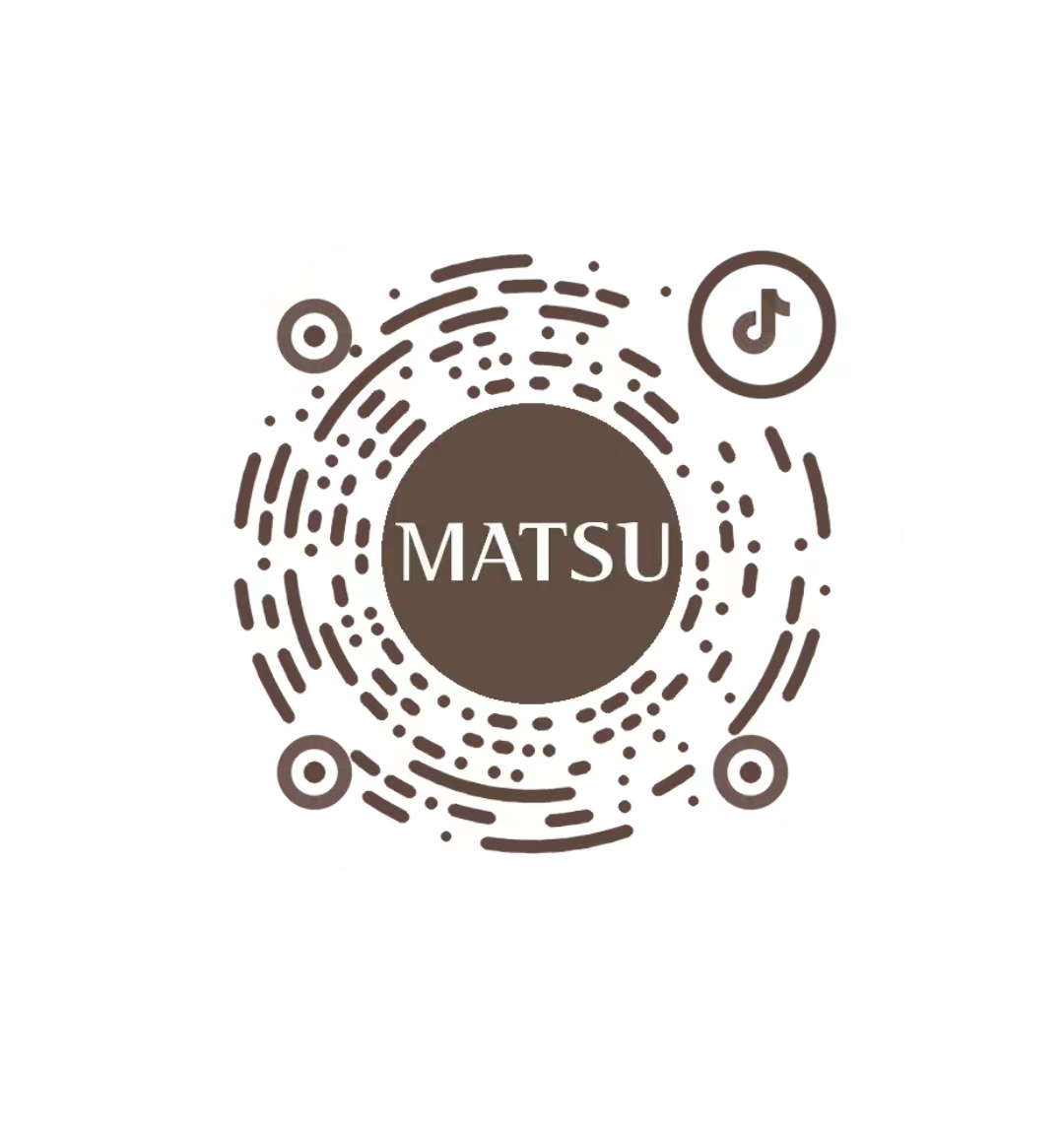
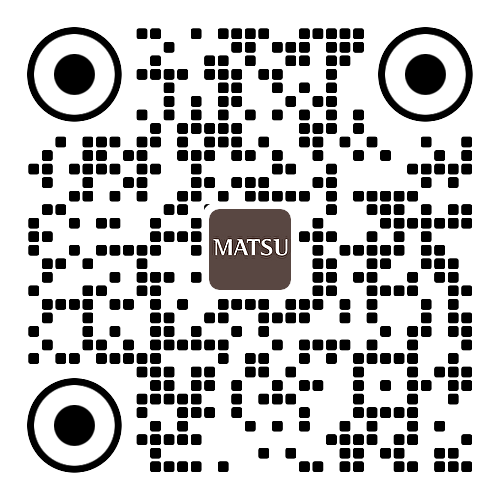

 EN
EN




